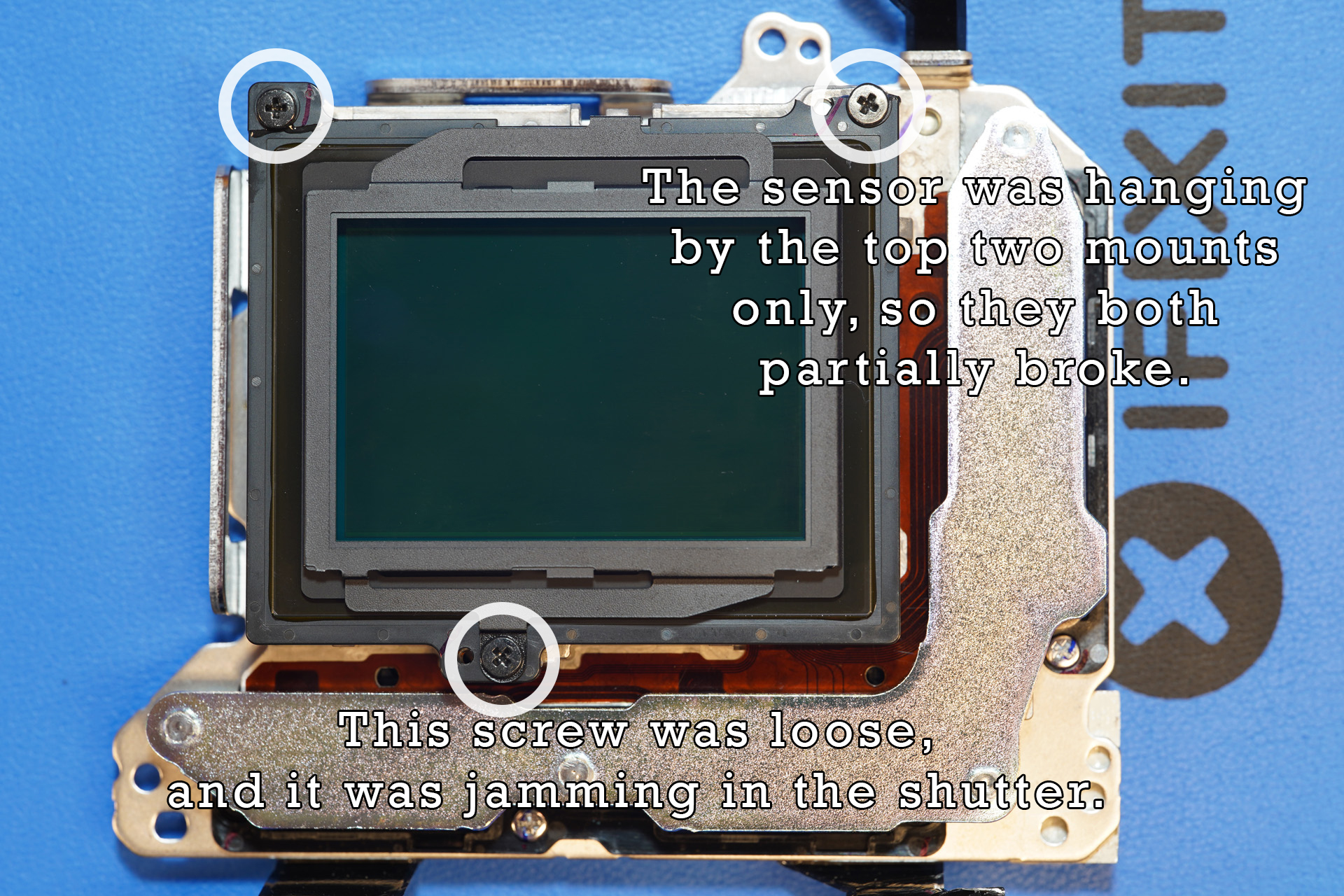Year Made: 2007
Watch Model: Polimaster
Movement Model: A14
Numbers: 80006388
Mass, movement + case + band: 178g
Mass, movement + case: 100g
Dimensions, case: 42.37 mm diameter x 19.54 mm thick
Crystal diameter: 29.46
Year Made: 2007
Watch Model: Polimaster
Movement Model: A14
Numbers: 80006388
Mass, movement + case + band: 178g
Mass, movement + case: 100g
Dimensions, case: 42.37 mm diameter x 19.54 mm thick
Crystal diameter: 29.46
This is the semi-official grand opening of the semi-permanent location in our basement. The shop is officially ready to go. Nothing but watch repair until I complete the jobs currently on the queue.
The job queue. If I have a watch from you, you should see your initials here: https://timev3technology.com/queue/
525x speed
North America, Central Lowlands, 6,800 meters WSW of Scioto River Mill Creek confluence
40.2° North latitude
3 Nov 2023
Sunset until 1:40 after sunset
More time lapse videos here on my personal site.

I disassembled and repaired my own Sony a7iii and wrote this disassembly guide on the iFixIt site:
https://www.ifixit.com/Guide/Sony+a7iii+Disassembly/166520
I want to promote my iFixIt guide, but I should be honest, I followed this video when I did mine. Click here.
Watch Model: Elgin National Watch Company (619485?)
Movement Model: Elgin National Watch Company 8739946
Mass: 58.3g
Case Outer diameter: 42.0mm
Crystal diameter:
Thickness: 11.7mm
Movement Dimensions:
Watch Model: Patek Philippe
Year Made: ~1932
Movement Model: Patek Philippe #949478, 7-70
Case Number: Ref. 3006, #697379
Mass, case+movement: 9.7g
Mass, movement alone: __g
Dimensions, case: 18.46mm diameter x 7.10mm thick
Crystal diameter:
Dimensions, movement: 11.9mm wide x ~16mm high x __mm thick